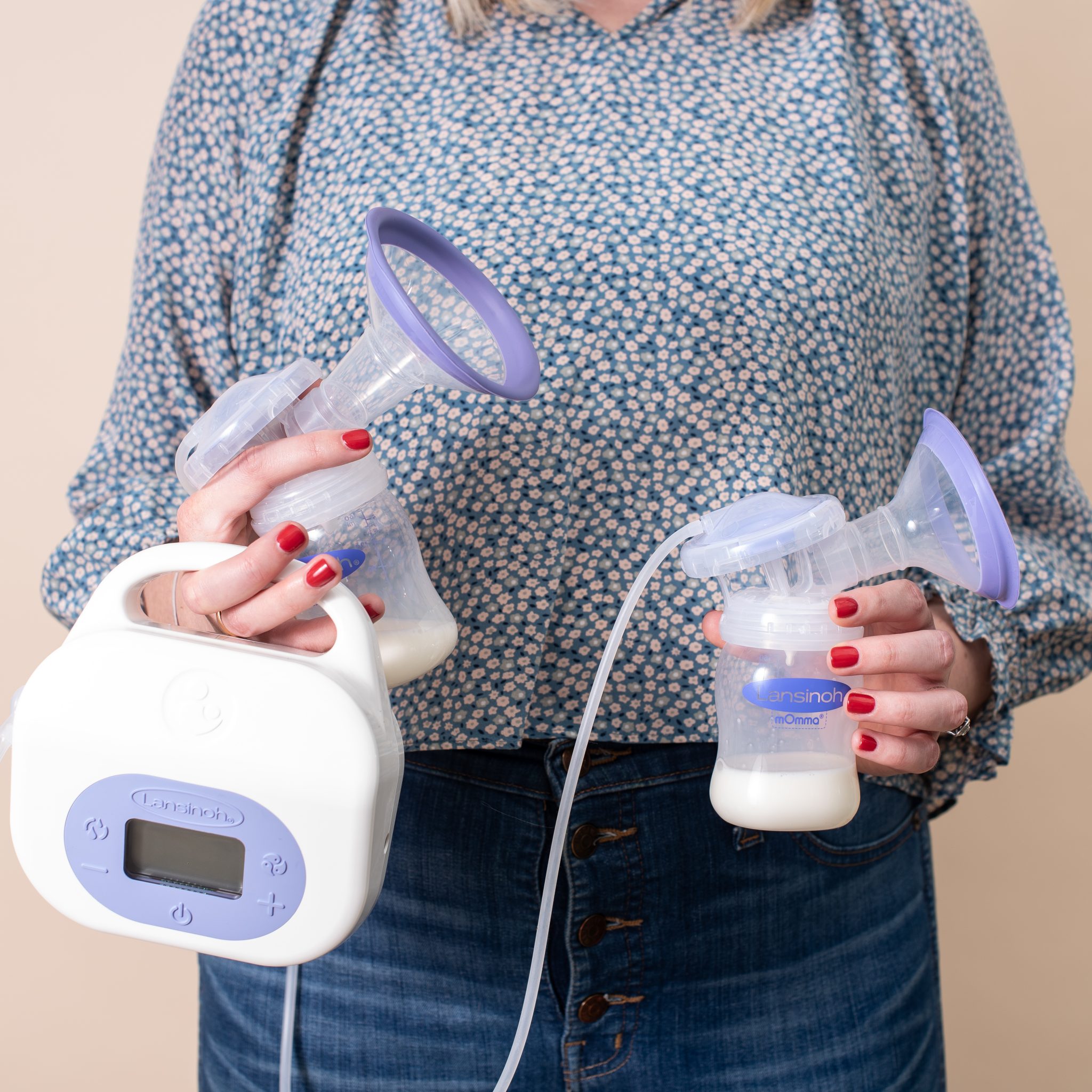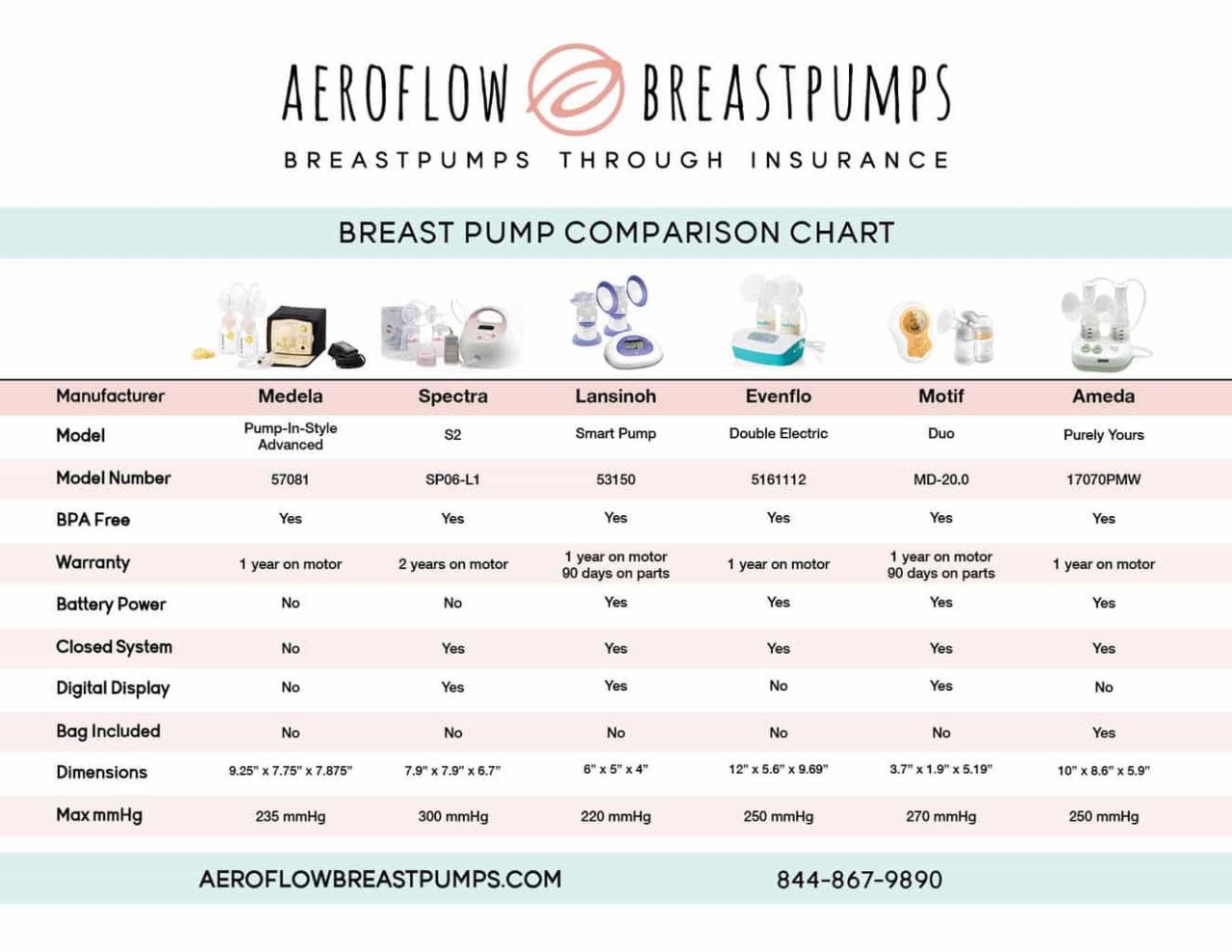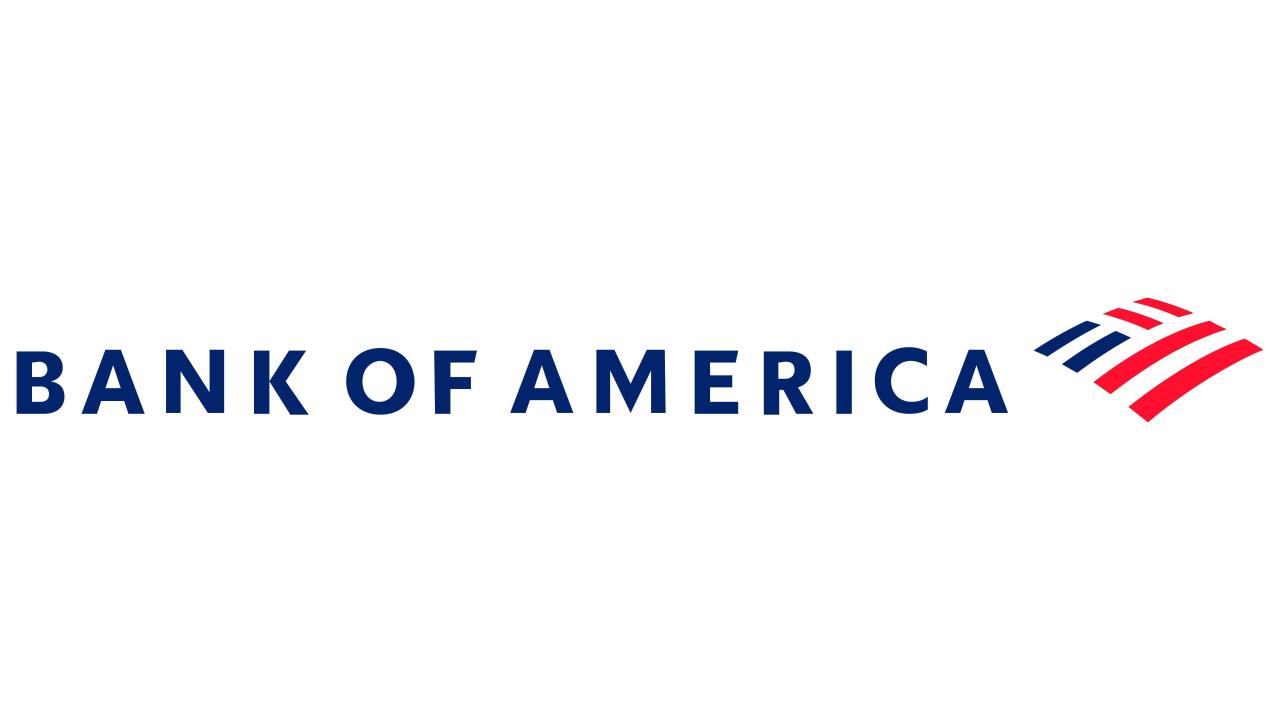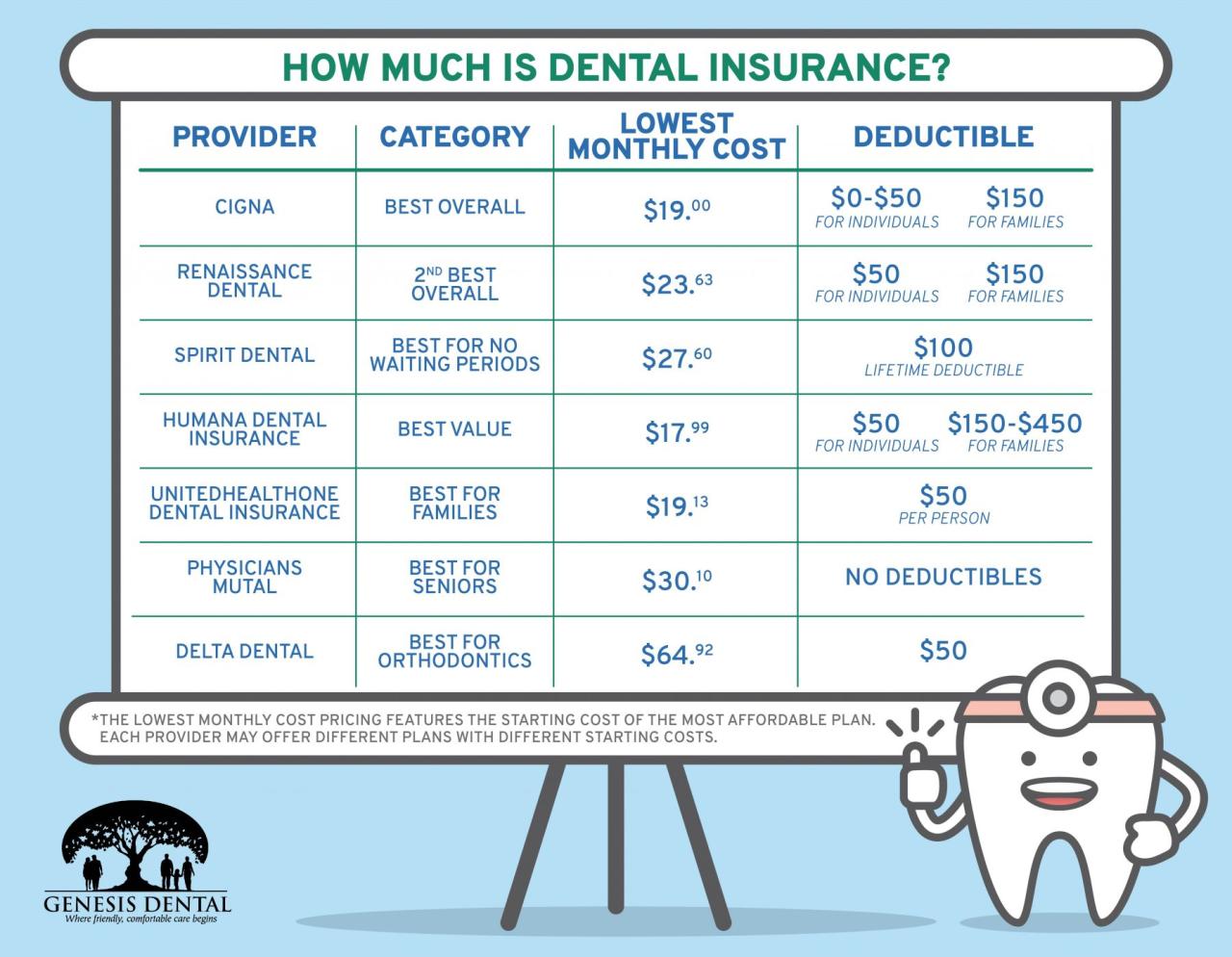Breast pump through insurance can be a lifesaver for new moms, but navigating the process can feel overwhelming. Knowing what your insurance covers, how to file a claim, and what types of pumps are available can make a big difference in your breastfeeding journey.
This guide will help you understand the ins and outs of obtaining a breast pump through insurance, from eligibility criteria to finding a reputable provider.
Whether you’re expecting your first child or are a seasoned mom, understanding your insurance coverage for breast pumps is essential. From the types of plans that cover breast pumps to the factors that influence coverage, this guide will walk you through the key aspects of this process.
We’ll also explore the different types of breast pumps covered, the claims process, and alternative options if insurance coverage is limited.
Understanding Insurance Coverage for Breast Pumps
Breastfeeding is a beautiful and natural process, and many mothers choose to use a breast pump to help them achieve their breastfeeding goals. Fortunately, in many cases, breast pumps can be obtained through health insurance, making them more accessible to mothers.
However, understanding insurance coverage for breast pumps can be a bit tricky. This article will provide a comprehensive overview of insurance coverage for breast pumps, covering eligibility criteria, claiming processes, and available resources.
Types of Insurance Plans that Cover Breast Pumps
Many health insurance plans, including both private and public programs, offer coverage for breast pumps. Here are some common types of plans that typically cover breast pumps:
- Private Health Insurance:Most private health insurance plans, such as those offered by employers or purchased individually, cover breast pumps as part of their benefits package. The specific coverage may vary depending on the plan, so it’s crucial to check the details of your policy.
- Medicaid:Medicaid, a government-funded health insurance program for low-income individuals and families, generally covers breast pumps. The coverage may be subject to certain eligibility criteria and state-specific regulations.
- Medicare:Medicare, a federal health insurance program for individuals aged 65 and older, does not typically cover breast pumps. However, some Medicare Advantage plans, which are private health insurance plans that work with Medicare, may offer coverage for breast pumps.
- TRICARE:TRICARE, the health insurance program for active duty military personnel, retirees, and their families, usually covers breast pumps. The specific coverage may vary depending on the type of TRICARE plan.
Factors Influencing Insurance Coverage, Breast pump through insurance

Several factors can influence whether your insurance plan covers breast pumps and the extent of coverage. These factors include:
- Pre-existing Conditions:Some insurance plans may have restrictions on coverage for breast pumps if you have certain pre-existing conditions, such as diabetes or high blood pressure. However, these restrictions are generally not common.
- Pregnancy Complications:If you have experienced pregnancy complications, such as preeclampsia or gestational diabetes, your insurance plan may be more likely to cover a breast pump. This is because these complications can make breastfeeding more challenging.
- State Regulations:State regulations can also play a role in insurance coverage for breast pumps. Some states have laws requiring insurance plans to cover breast pumps, while others do not. It’s essential to check the laws in your state to determine if there are any specific requirements for insurance coverage.
Examples of Insurance Plans that Offer Coverage
Many major insurance providers offer coverage for breast pumps. Here are some examples of insurance plans that typically include breast pump coverage:
- UnitedHealthcare:UnitedHealthcare, one of the largest health insurance providers in the United States, generally covers breast pumps under most of its plans. The specific coverage may vary depending on the plan and state.
- Anthem:Anthem, another major health insurance provider, also typically covers breast pumps. The coverage may be subject to certain requirements, such as a doctor’s prescription.
- Blue Cross Blue Shield:Blue Cross Blue Shield, a network of independent health insurance companies, often includes breast pump coverage in its plans. The specific coverage may vary depending on the local Blue Cross Blue Shield plan.
Eligibility Criteria for Breast Pump Coverage
To obtain a breast pump through insurance, you typically need to meet specific eligibility criteria. These criteria can vary depending on your insurance plan, but here are some common requirements:
Eligibility Criteria for Obtaining a Breast Pump
- Doctor’s Prescription:Most insurance plans require a doctor’s prescription for a breast pump. Your doctor will assess your individual needs and determine if a breast pump is medically necessary.
- Diagnosis:In some cases, you may need a specific diagnosis, such as mastitis or latch difficulties, to qualify for insurance coverage. Your doctor will be able to provide the necessary diagnosis if required.
- Gestational Age:Some insurance plans may require you to be at a certain gestational age, such as 32 weeks or later, to qualify for coverage. This requirement ensures that the breast pump is used during the appropriate time frame.
Verifying Insurance Coverage
Once you have a doctor’s prescription, it’s essential to verify your insurance coverage for a breast pump. You can do this by contacting your insurance provider directly or by checking your insurance plan’s benefits booklet. When contacting your insurance provider, you’ll need to provide your policy number and the details of the breast pump you are interested in.
They will be able to confirm if your plan covers the breast pump and what the coverage limits are.
Navigating the Insurance Claims Process
Filing a claim for a breast pump through insurance can be straightforward, but it’s important to understand the process. Here’s a step-by-step guide to help you navigate the insurance claims process:
Steps Involved in Filing a Claim

- Obtain a Prescription:The first step is to obtain a prescription from your doctor. Your doctor will assess your needs and determine if a breast pump is medically necessary.
- Pre-Authorization:Many insurance plans require pre-authorization for breast pumps. This means that you need to get approval from your insurance provider before purchasing the breast pump. To obtain pre-authorization, you’ll need to submit a request form to your insurance provider along with your doctor’s prescription.
The insurance provider will review your request and notify you of their decision.
- Purchase the Breast Pump:Once you have pre-authorization, you can purchase the breast pump from a provider that is in your insurance network. It’s important to choose a provider that is in your network to ensure that your insurance will cover the cost of the breast pump.
- Submit a Claim:After purchasing the breast pump, you’ll need to submit a claim to your insurance provider. The claim form will typically require you to provide your policy number, the breast pump’s details, and the receipt from the provider. You can submit the claim online, by mail, or by fax.
- Receive Payment:Once your insurance provider receives your claim, they will process it and send you payment for the covered portion of the breast pump’s cost. The payment may be sent directly to you or to the provider.
Time Frame for Processing Claims
The time frame for processing insurance claims for breast pumps can vary depending on your insurance provider. However, it typically takes a few weeks for the claim to be processed and for you to receive payment. It’s a good idea to submit your claim as soon as possible after purchasing the breast pump to ensure timely payment.
Types of Breast Pumps Covered by Insurance: Breast Pump Through Insurance
Insurance plans typically cover a range of different types of breast pumps. Here are some common types of breast pumps that are often covered by insurance:
Types of Breast Pumps
- Electric Breast Pumps:Electric breast pumps are the most common type of breast pump covered by insurance. They offer a variety of features, such as adjustable suction levels, multiple pump settings, and hands-free operation.
- Manual Breast Pumps:Manual breast pumps are hand-operated and are often less expensive than electric pumps. They are a good option for mothers who only need to pump occasionally or who prefer a more discreet pumping experience.
- Double Electric Breast Pumps:Double electric breast pumps allow you to pump both breasts simultaneously, which can save time and increase milk production. These pumps are often covered by insurance, but the specific coverage may vary depending on the plan.
Features and Benefits of Different Breast Pump Models
Different breast pump models offer various features and benefits. Some factors to consider when choosing a breast pump include:
- Suction Levels:The suction levels should be adjustable to accommodate different breast sizes and sensitivities.
- Pump Settings:Different pump settings can be used for different purposes, such as expressing milk for a single feeding or for building up a milk supply.
- Hands-Free Operation:Some breast pumps offer hands-free operation, which can be convenient for mothers who are busy or on the go.
- Portability:Portability is important for mothers who need to pump while traveling or at work.
- Ease of Use:The breast pump should be easy to assemble, use, and clean.
Advantages and Disadvantages of Different Models
Each type of breast pump has its advantages and disadvantages. For example, electric breast pumps are generally more efficient and convenient, but they can be more expensive. Manual breast pumps are less expensive and portable but may require more effort to use.
Double electric breast pumps are efficient but can be bulkier and less portable. It’s important to weigh the pros and cons of each type of breast pump to choose the best option for your needs.
Finding a Provider for Breast Pump Coverage
Once you have determined that your insurance plan covers breast pumps, you need to find a provider that can assist you with obtaining one. Here are some types of healthcare providers that can help:
Types of Healthcare Providers
- Lactation Consultants:Lactation consultants are healthcare professionals who specialize in breastfeeding. They can provide advice on breast pump selection, use, and maintenance. Many lactation consultants also work with insurance providers and can help you obtain a breast pump through your insurance plan.
- Hospitals and Birth Centers:Many hospitals and birth centers have breast pump rental programs or offer the option to purchase a breast pump through their facilities. They may also have lactation consultants on staff who can assist you with the process.
- Pharmacies:Some pharmacies offer breast pump rentals or sales. They may also be able to help you with the insurance claims process.
- Online Retailers:Many online retailers sell breast pumps, and some offer insurance billing services. However, it’s important to choose a reputable retailer that is in your insurance network to ensure that your insurance will cover the cost of the breast pump.
Benefits and Limitations of Working with Different Providers
Each type of provider has its benefits and limitations. For example, lactation consultants can provide personalized support and advice, but they may not be readily available in all areas. Hospitals and birth centers may have more convenient access to breast pumps, but they may not offer as much personalized support.
Pharmacies and online retailers may offer a wider selection of breast pumps, but they may not have the same level of expertise as lactation consultants.
Finding a Reputable Provider
When choosing a provider for breast pump coverage, it’s essential to find a reputable provider who is knowledgeable about breast pumps and insurance coverage. You can ask your doctor for recommendations or search for providers online. It’s also a good idea to check the provider’s credentials and reviews to ensure that they are qualified and experienced.
Looking for the best deal on car insurance? Don’t waste time calling around, just head over to auto insurance quotes and get personalized quotes from top-rated companies in minutes. You’ll be able to compare prices and coverage options side-by-side, making it easy to find the perfect plan for your needs.
Exploring Alternative Options for Breast Pump Access
If your insurance coverage for breast pumps is limited or unavailable, there are alternative options to consider. These options can help you obtain a breast pump without relying solely on insurance coverage.
Alternative Options for Obtaining a Breast Pump
- Financial Assistance Programs:Several organizations and programs offer financial assistance for breast pump purchases. These programs may be available through your state or local government, hospitals, or non-profit organizations. You can search for financial assistance programs online or contact your local health department for more information.
- Used Breast Pumps:Purchasing a used breast pump can be a cost-effective option. You can find used breast pumps for sale online, at consignment shops, or through local breastfeeding support groups. Be sure to purchase a used breast pump from a reputable source and ensure that it is in good working condition.
Shopping for auto insurance can be a real headache, but it doesn’t have to be. There are tons of online tools that can help you compare rates and find the best coverage for your needs. Check out auto insurance quotes to get started and save some money!
- Breast Pump Rentals:Breast pump rentals can be a good option if you only need a breast pump for a short period of time. Many hospitals, birth centers, and pharmacies offer breast pump rental services.
Tips for Finding Affordable Breast Pumps
Here are some tips for finding affordable breast pumps:
- Compare Prices:Compare prices from different retailers, including online retailers and local stores.
- Look for Sales and Discounts:Many retailers offer sales and discounts on breast pumps, especially during specific times of the year.
- Consider Used Breast Pumps:Purchasing a used breast pump can be a cost-effective option, but be sure to purchase from a reputable source and ensure that the pump is in good working condition.
Considerations for Breast Pump Use and Maintenance
Proper breast pump use and maintenance are essential for ensuring safe and effective milk expression. Here are some important considerations:
Importance of Proper Use and Maintenance
- Safety:Improper breast pump use can lead to discomfort, pain, or even injury. It’s crucial to follow the manufacturer’s instructions carefully and consult with a lactation consultant or healthcare professional if you have any questions.
- Effectiveness:Proper breast pump use is essential for maximizing milk production and ensuring that you are expressing enough milk for your baby’s needs.
- Hygiene:Proper breast pump maintenance is crucial for preventing bacteria growth and ensuring the safety of your milk. It’s important to clean and sanitize the breast pump regularly.
Tips for Cleaning and Sanitizing
Here are some tips for cleaning and sanitizing your breast pump:
- Disassemble the Pump:Disassemble the breast pump according to the manufacturer’s instructions.
- Wash with Soap and Water:Wash all the parts of the breast pump with warm, soapy water. Use a mild dish soap and avoid using harsh chemicals.
- Sanitize:Sanitize the breast pump parts by boiling them in water for 5 minutes or by using a breast pump sanitizer. Follow the manufacturer’s instructions for sanitizing the breast pump.
- Dry Thoroughly:Dry all the breast pump parts thoroughly before reassembling the pump.
Common Challenges and Solutions
Here are some common challenges associated with breast pump use and solutions:
- Pain:If you experience pain while pumping, try adjusting the suction levels or the position of the breast shield. You can also consult with a lactation consultant or healthcare professional for advice.
- Low Milk Supply:If you are struggling to produce enough milk, talk to your doctor or a lactation consultant. They can help you identify the cause of your low milk supply and recommend strategies to increase your milk production.
- Pumping Fatigue:Pumping can be tiring, especially if you are pumping frequently. Try to find ways to make pumping more comfortable, such as using a hands-free pumping bra or pumping while relaxing.
Resources and Support for Breastfeeding Mothers
Breastfeeding can be challenging, and it’s essential to have access to resources and support. Here are some resources and support groups available for breastfeeding mothers:
Resources and Support Groups
- Lactation Consultants:Lactation consultants are healthcare professionals who specialize in breastfeeding. They can provide advice on breast pump selection, use, and maintenance, as well as help you with any breastfeeding challenges you may be facing.
- Breastfeeding Support Groups:Breastfeeding support groups offer a safe and supportive environment for mothers to connect with other breastfeeding mothers and share their experiences and challenges.
- Online Communities:There are many online communities and forums for breastfeeding mothers. These communities can provide a wealth of information and support.
Finding Reliable and Supportive Resources
Here are some tips for finding reliable and supportive resources for breastfeeding challenges:
- Ask Your Doctor:Your doctor can provide you with recommendations for lactation consultants, breastfeeding support groups, and other resources in your area.
- Contact Your Local Health Department:Your local health department may have resources available for breastfeeding mothers, such as breastfeeding support groups and information on financial assistance programs.
- Search Online:There are many websites and online resources available for breastfeeding mothers. Be sure to choose reputable sources, such as those affiliated with professional organizations or government agencies.
Ultimate Conclusion
Having a breast pump covered by insurance can significantly ease the financial burden and stress associated with breastfeeding. By understanding your coverage, navigating the claims process, and exploring alternative options, you can ensure you have the necessary tools to support your breastfeeding journey.
Remember, there are resources and support groups available to help you along the way, so don’t hesitate to reach out for assistance if needed.













